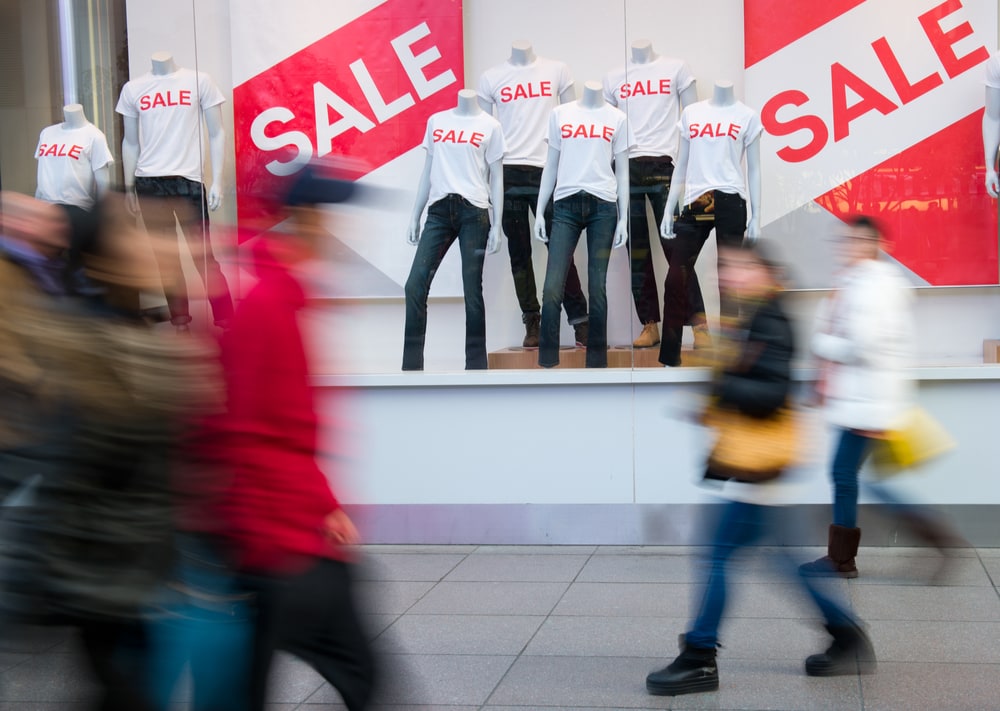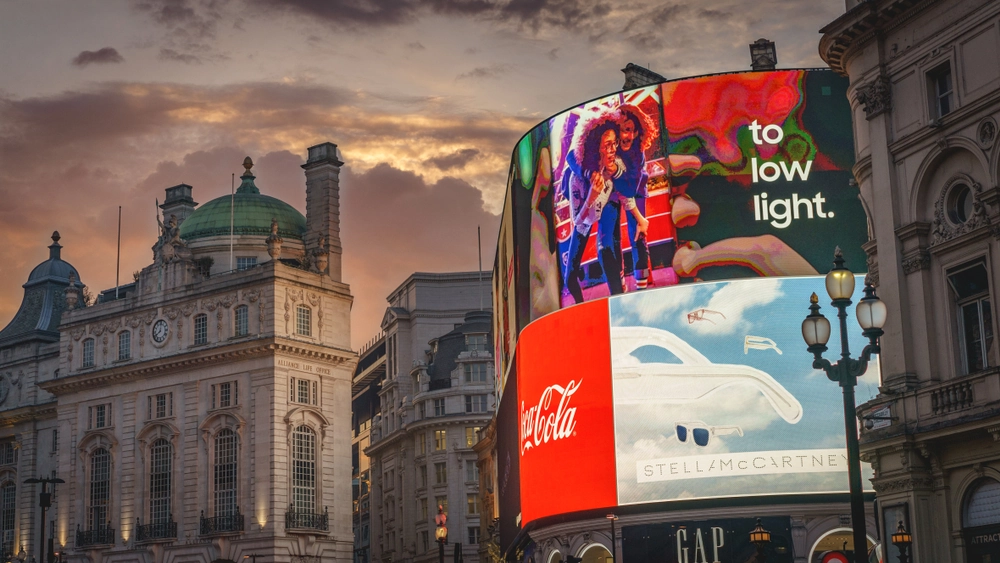
Retail Reduced – July 2025

By Nathan Peacey, Elin Bebbington, Ella McCarthy, Brighton Dube
28 Jul 2025 | 1 minute read
In this month’s Retail and Consumer trends review, we explore the tariff-caused turmoil the fashion industry is facing, how brands are innovating to stay relevant and the legal implications of voice commerce.
Trends in the Retail sector in July 2025
Fashion brands and manufacturers bracing for clarity on US global tariffs were met with more confusion as the Trump administration pushed the implementation date to 1 August 2025. Initially expected on 9 July 2025, the tariffs remain fluid, with country-specific deals and threats of further hikes continuing to shift the landscape.
Country specific deals started to trickle in week commencing 9 July 2025. Vietnam secured a 20% tariff deal—down from April’s proposed 46%—in exchange for duty-free access for US goods. China’s 55% tariff remains unchanged, while Japan and South Korea face 25% rates, following last-minute letters from President Trump. Fourteen more countries, including Laos and Myanmar, received notices of tariffs up to 40%, with Southeast Asian manufacturing hubs like Cambodia and Indonesia facing rates as high as 36%.
Trump has encouraged nations to relocate manufacturing to the US to avoid penalties and has threatened additional 10% tariffs on countries aligning with BRIC nations (core members include Brazil, Russia, India, China and South Africa). Despite the 1 August deadline, Trump has called it “firm, but not 100% firm”, meaning there is room for renegotiation and more uncertainty for retailers.
Industry leaders are frustrated. “There is no clarity” says Neil Saunders of Globaldata, noting the difficulty for brands to plan amid shifting deadlines and rates. Steve Lamar of the American Apparel and Footwear Association echoed the sentiment, calling for clear guidance as the back-to-school season looms.
Retail forecasts have already taken a hit. According to retail and e-commerce analyst Zak Stambor, Emarketer halved its 2025 growth projection from 2.9% to 1.5%, citing tariff uncertainty as a key factor. With negotiations ongoing and more announcements expected, brands are left in limbo, struggling to make supply chain decisions in an increasingly volatile trade environment.
Here at Foot Anstey, we can help you navigate and understand this chaotic landscape and manage contractual implications as the changes land.
In a fast-changing retail landscape, brands are reimagining how they connect with consumers—blending digital innovation, immersive experiences, and bold brand moments to stay relevant. Leading the charge is Topshop, which is making a high-profile return to the runway this August for the first time since 2018. The show will preview its Autumn/Winter 2025 collections and mark the relaunch of Topshop and Topman’s standalone online platforms under new ownership by Asos and Heartland.
The event will follow a ‘See Now, Buy Now’ model, allowing customers to shop select pieces instantly. It also includes an open casting with Wilhelmina Models to spotlight fresh talent, and a street party to engage audiences beyond the catwalk. With plans for a “semi-permanent high street presence” and a full retail rollout later this year, Topshop is embracing a hybrid strategy that merges digital-first retail with physical brand experiences.
This approach mirrors a wider movement across the sector. Superdrug recently launched its Beauty Playground concept at Westfield Stratford, featuring interactive ‘Try Me Tables’, social content stations, and personalised consultations. The initiative is part of a broader offline-plus-online strategy to make beauty shopping more engaging and fun.
Elsewhere, Mamas & Papas unveiled a purpose-built flagship at Manchester’s Trafford Centre, offering tailored services like Car Seat Consultations and Buying for Baby appointments. H&M also refreshed its Regent Street H&M Home store, blending sustainability with experiential services like monogramming and in-store floristry.
Foot Anstey can help support reinvention strategies, by advising on consumer protection and advertising compliance for real-time sale models like “See Now, Buy Now” as well as reviewing data privacy and cybersecurity issues and compliance.
In a market where consumer expectations are rising and loyalty is hard-won, these innovations show how retailers are evolving. Whether through immersive environments, tech-enabled experiences, or cultural moments like Topshop’s runway return, the message is clear: relevance today means reinvention.
As voice assistants like Alexa, Siri, and Google Assistant become embedded in daily life, a new frontier in e-commerce is rapidly taking shape: voice commerce. This technology allows consumers to search, discover, and purchase products using only their voice—no screens, no clicks, just a spoken command.
For retailers, the benefits are compelling: faster transactions, improved product discovery, and more personalised customer experiences. Voice commerce streamlines the entire shopping journey, from product search to checkout, using AI, natural language processing (NLP), and machine learning to interpret user intent and deliver results in real time.
But for legal professionals, this innovation introduces a host of new challenges—and opportunities. As voice commerce becomes more mainstream, legal teams must grapple with questions around contract formation, consumer consent, data privacy, and liability. For instance, how do businesses ensure that a voice-activated purchase is legally binding? What safeguards are in place to prevent unauthorised transactions? And how are consumer rights upheld when purchases are made without a visual interface?
Legal advisors will need to help clients:
- Draft voice-friendly terms and conditions
- Ensure GDPR and data protection compliance
- Design dispute resolution mechanisms for voice-initiated purchases
- Address accessibility and inclusivity in voice-based platforms
As voice commerce reshapes how consumers interact with brands, legal frameworks must evolve in parallel. This is not just a tech trend—it’s a fundamental shift in commerce, and here at Foot Anstey we’re excited to partner with clients in shaping practical, forward-thinking solutions to today’s most innovative tech challenges. Where retail reinvents itself, legal insight must follow.





























































